Grocery Guides
Sake 101: Understanding the Different Types of Sake
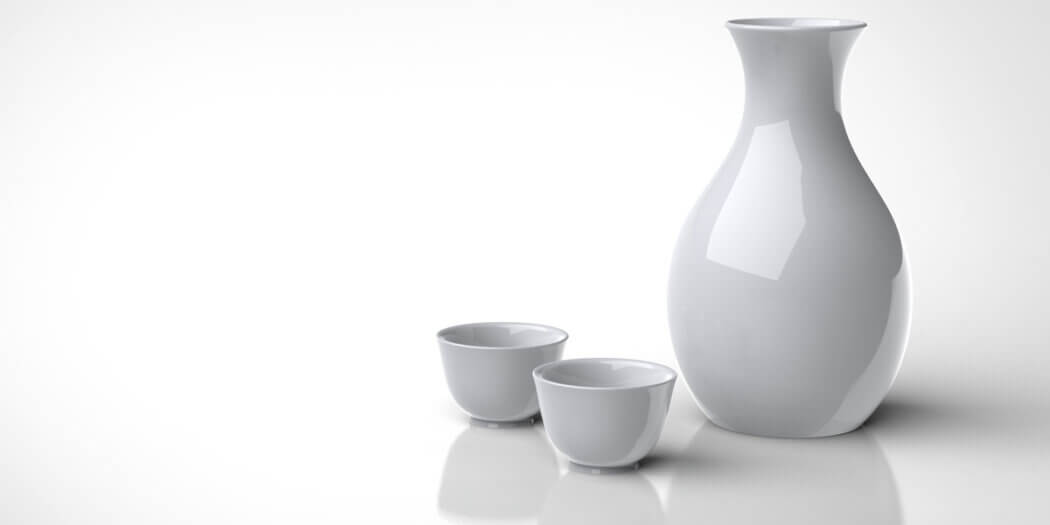
Sake is a popular Japanese alcohol made from sake rice that has been fermented with fungus and yeast. There are many different styles of sake, resulting in a wide variety of flavors. Before choosing your next bottle, it’s a good idea to understand your options.
If you’re asking yourself, “What are the different types of sake?”, you’re in the right place! The following guide will explain each of the various sake varieties so you can pick the ones that are most appealing to you.
The 5 main types of sake
There are 5 primary types of sake, each with its own unique taste and characteristics. While they’re made in a similar manner, the differences come from how the rice is milled and the way they’re brewed.
Once the drink is fermented, some varieties add pure alcohol, while others do not. Adding brewer’s alcohol can enhance the rich flavor of the sake and improve its shelf life. When comparing types of sake, make sure to read the information on the bottle’s label so you know exactly what you’re getting.
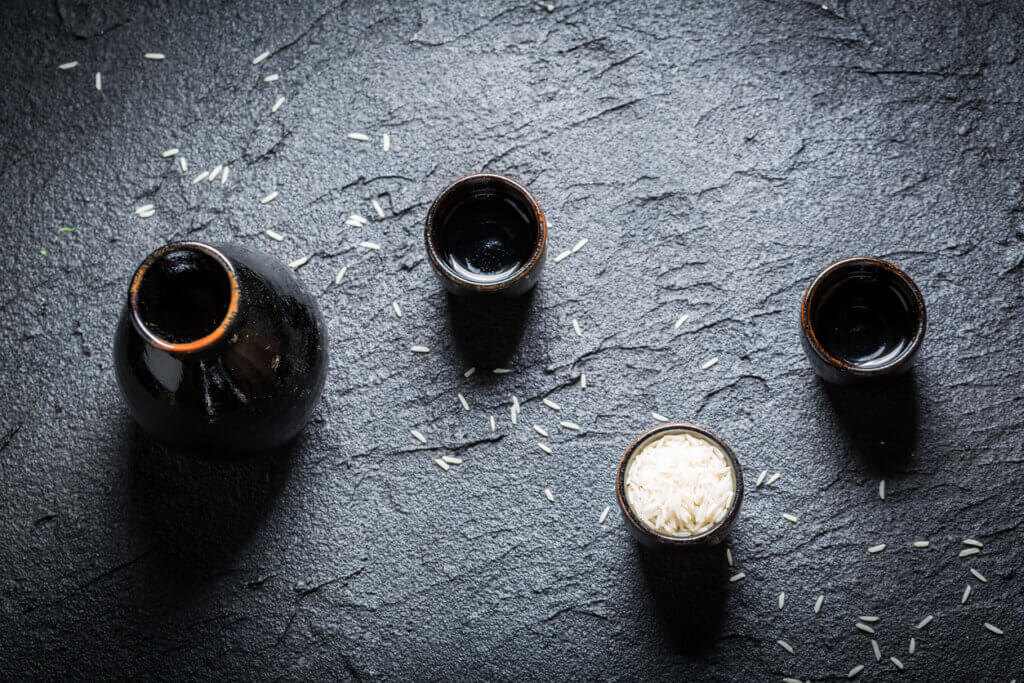
1. Junmai-shu sake
This is a pure, unadulterated form of sake. It has no brewer’s alcohol added to it and is also free from added sugar or starch. This product must have a minimum of 70% milled rice, meaning that only about 30% of the rice grains have had their outer layer removed. Junmai-shu sake has a rich body, full flavor, and is more acidic than other types of sake. It doesn’t have a strong fragrance and is often served hot.
2. Ginjo-shu sake
Ginjo-shu sake is made with 40% milled rice and a special mash that includes yeast. It’s fermented at low temperatures and is made with specific labor-intensive techniques. This sake variety has a light, delicate flavor and a wonderful aroma. It’s best served cold.
3. Daiginjo-shu sake
Daiginjo-shu sake is actually a different type of ginjo-shu sake. It’s made with a rice mash that includes 30-50% milled rice. This sake has a delicate taste, full-body, and a lot of fragrance.
4. Honjozo-shu sake
Honjozo-shu sake is made with 30% milled rice and includes the addition of brewer’s alcohol. This actually reduces the drink’s potency and gives it a smooth body, light flavor, and a distinctive, easily-identifiable fragrance. This sake variety is typically served warm.
5. Namazake sake
Namazake sake is a type of sake that has not been pasteurized. Any type of sake can be Namazake. This sake must be refrigerated to prevent changes in its flavor or aroma.
Other types of sake
Once you understand the basics, you can have some fun exploring other kinds of sake. Here’s a look at some of the options you may come across.
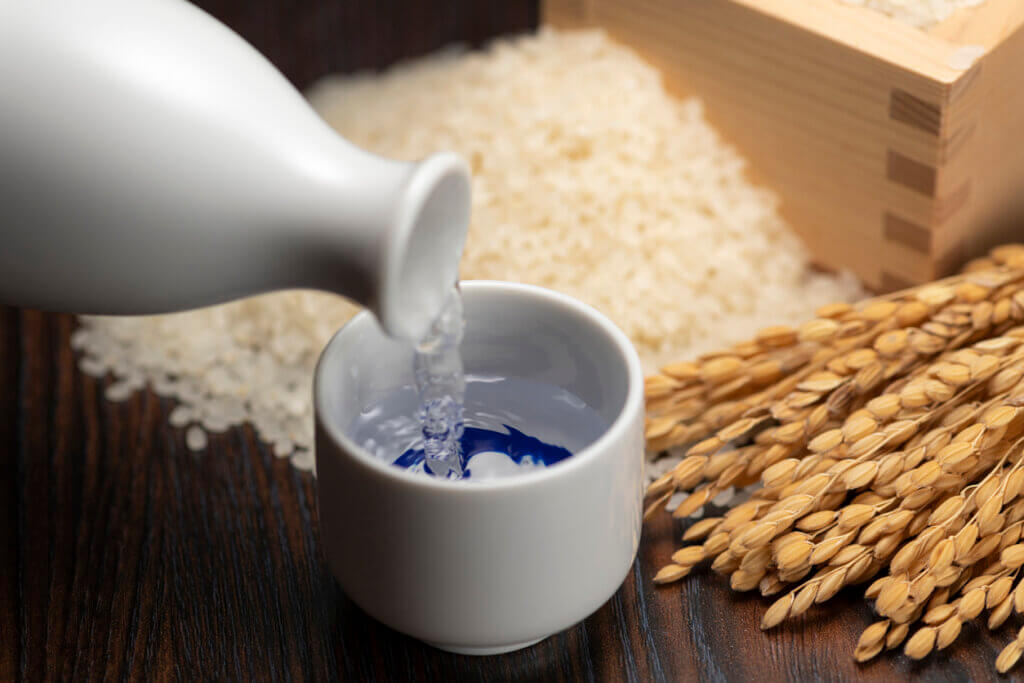
1. Akai sake
Akai sake is made with a special type of Koji fungus. This gives it a unique red color you won’t find with any other type of sake.
2. Arabashiri
This is the term used to describe sake that has not matured. It’s usually made from sake that is first pressed out of the mash. It’s a full-bodied drink that is quite enjoyable.
3. Futsushu
Futsushu is often referred to as “table sake.” It’s brewed with non-premium rice that has been milled less than the average of 30%. This is an everyday drinking sake that is very affordable.
4. Genshu
This undiluted sake has a high alcohol content, typically around 18% to 19%. Genshu makes a great complement to heavier foods. It’s also a good after-dinner drink.
5. Infused sake
Infused sake is a sweet drink that is often used when making cocktails. It typically includes fruit flavors like red raspberry, cherry, or apple. You can even find unique flavors, like coconut lemongrass-infused sake.
6. Jizake
“Jizke” means “local sake.” This is a term you’ll want to keep in mind if you’re visiting Japan. Since this sake is brewed in the local region, it’s often affordably priced and goes very well with the local cuisine.
7. Kinapaku-iri
This upscale sake features the addition of gold flakes. While this makes it more expensive, it has little impact on the drink’s flavor or aroma.
8. Koshu
Koshu is a sake that is aged for up to 5 years. While the flavor profile varies, it tends to be stronger and earthier.
9. Nama
This unpasteurized sake has a lively fruit flavor and a sweet aroma. To keep it fresh, it must be refrigerated at all times.
10. Nigori
Nigori is a cloudy sake that has a thicker texture. While it tends to be sweeter than other types of sake, each type also has its own unique flavor.
11. Namachozo
This sake is only pasteurized once, after it has been bottled. It is cloudy and also tends to have a lively flavor. However, it’s a bit more subdued than nama sake. Namachozo also needs to be refrigerated.
12. Shiboritate
While most types of sake are allowed to mature for up to six months, shiboritate is bottled immediately after it’s pressed and sent to market. It usually has a fruity flavor and is sometimes likened to white wine.
13. Sparkling sake
This bubbly sake receives a secondary level of fermentation. It has a light, sweet flavor and lower alcohol content than many other types of sake.
14. Taru sake
Sake that is stored in cedar barrels after it’s brewed is called taru or cedar sake. It has an earthy and woody taste and aroma that many drinkers find appealing.
15. Yamahai/kimoto
Both yamahai and kimoto sake are brewed using a labor-intensive process that doesn’t include using lactic acid. It takes longer for these types of sake to develop, and they tend to have gamier flavors that are more pronounced.
Try some different types of sake today
Are you ready to try out some of the different kinds of sake? With Instacart’s alcohol delivery, you can feel free to experiment without ever leaving your house. Just add a few bottles to your shopping list and a professional shopper will pick them up for you and deliver them right to your front door.
Grab it now on Instacart:


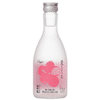






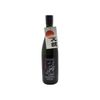
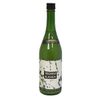

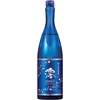

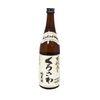
Most Recent in Grocery Guides

Grocery Guides
19 Best Milk Substitutes for Baking and Cooking
Milk’s rich texture and neutral flavor make it a staple in countless recipes, bringing creaminess and balance to sweet and savory dishes alike. But what happens if you run out of milk or need a…
Jan 30, 2025
Grocery Guides
15 Best Cheeses for Your Next Charcuterie Board
Let’s face it: The heyday of the store-bought party platter is long gone. Now, the duties of a good host often include curating an impressive charcuterie board. But where do you begin? Charcuterie boards typically…
Jan 21, 2025
Grocery Guides
Guide to Movie Night Snack Delivery
Planning the perfect movie night means getting cozy, choosing a favorite film and gathering all the right treats. With movie night snack delivery, you can skip the hassle of a grocery run and have delicious…
Dec 19, 2024

 Squash – All You Need to Know | Instacart Guide to Fresh Produce
Squash – All You Need to Know | Instacart Guide to Fresh Produce  Ghost Pepper – All You Need to Know | Instacart Guide to Fresh Produce
Ghost Pepper – All You Need to Know | Instacart Guide to Fresh Produce  Sprouts – All You Need to Know | Instacart Guide to Fresh Produce
Sprouts – All You Need to Know | Instacart Guide to Fresh Produce 

